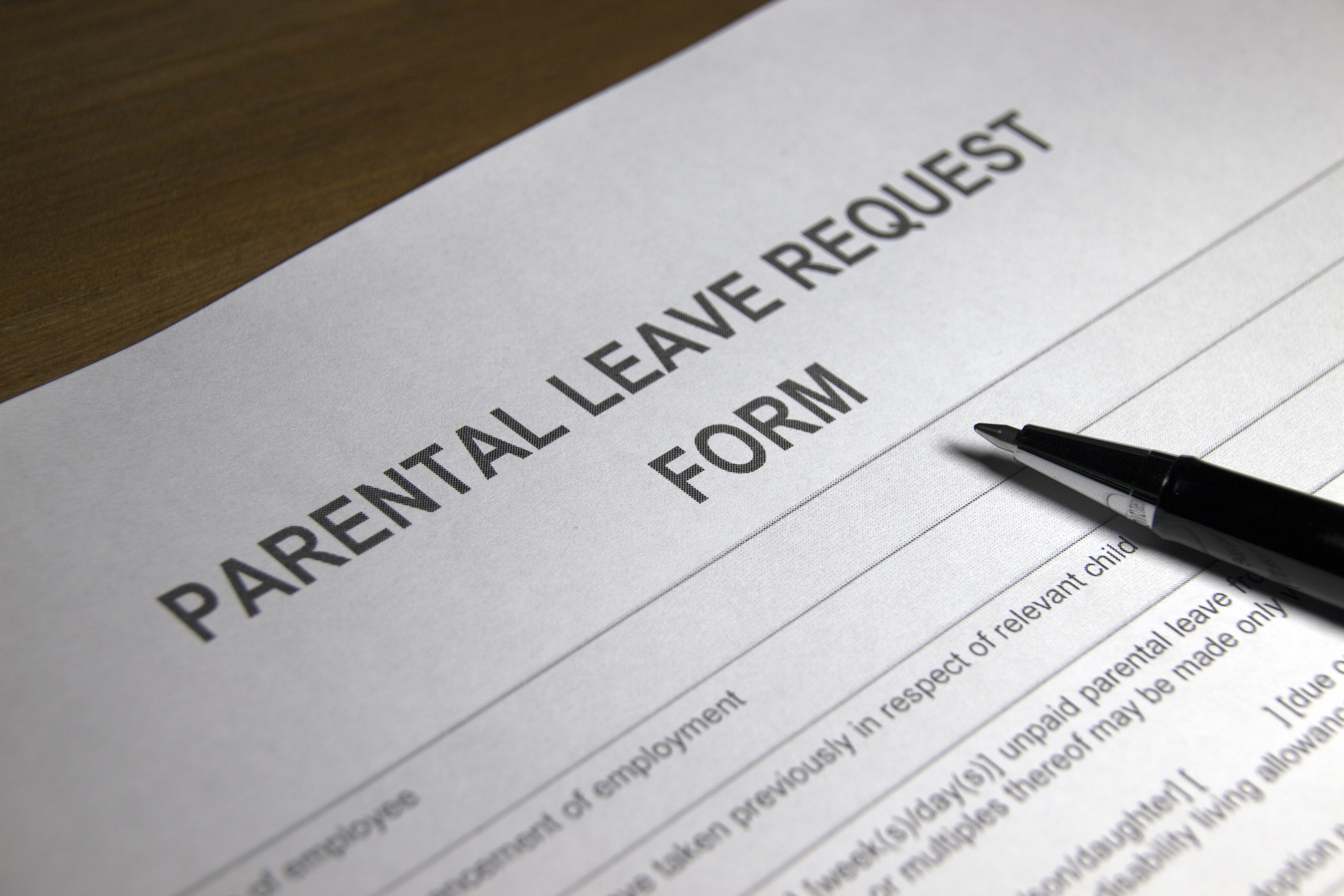A Quick Checklist for Navigating Requests for Paternity Leave in California

By: Lewis Brisbois' Labor & Employment Team
Employers commonly process requests from expecting mothers for maternity leave. However, when it comes to welcoming a new baby, it’s all hands on deck. As such, it is important for companies to be knowledgeable about the different types of leave that may apply to expecting fathers.
In the Golden State, paternity leave can be taken for the birth of a child, adoption, foster care placement, or to care for a spouse who has just given birth. Here is a quick checklist for California employers to follow when it comes to expecting fathers and paternity leave requests.
- Determine whether the employee is eligible for leave under the federal Family Medical Leave Act (FMLA), the California Family Rights Act (CFRA), or California’s New Parent Leave Act (NPLA). For employers with 50 or more employees within a 75-mile radius of where the expecting father is employed, the employee may be eligible for up to 12 weeks of paternity leave under the FMLA or CFRA if he has worked 1,250 or more hours in the last 12 months. For smaller businesses with at least 20 employees within a 75-mile radius of where the expecting father is employed, the employee may also be eligible for up to 12 weeks of paternity leave if he has worked 1,250 or more hours in the last 12 months.
- Notify the employee of his rights to leave. Generally, the employer must notify the employee of his rights to take leave within five business days of the initial request or when the employer acquires knowledge that the employee may be eligible for paternity leave. An employer may ask for a medical certification with respect to the child’s birth for which leave is being requested.
- Designate the leave and engage in an interactive process. The employer must then designate the leave within five business days after receiving the necessary information/documentation. As a part of this process, the employer should engage in an interactive process with the employee to determine how much time he will need for leave or if he intends to use his leave intermittently.
- For businesses with less than 20 employees, make sure you are complying with California accommodation laws. Expecting fathers who work for businesses that employ less than 20 employees are not exempt from providing employees with leave. Expecting fathers may be entitled to leave under California’s Fair Employment and Housing Act (FEHA), which applies to employers with five or more employees. The FEHA requires employers to provide reasonable accommodations to employees with respect to their own disabilities or medical conditions, as well as certain associated disabilities or medical conditions, including leave. However, eligibility for leave under the FEHA is not as straight forward as the FMLA, CFRA, and NPLA. To reduce the risk of liability, employers are strongly encouraged to consult with an attorney to ensure they are in compliance with state and federal law.
For more information on handling paternity requests in California, contact the author of this post or visit our Labor & Employment Practice page to find an attorney in your area. You can also subscribe to this blog to receive alerts when new posts go up.
